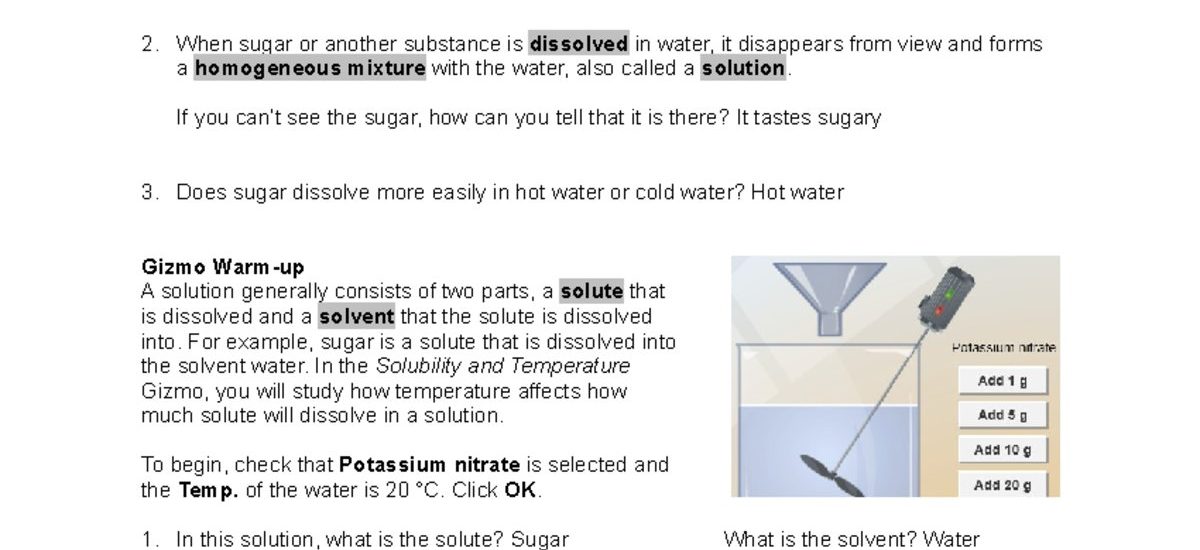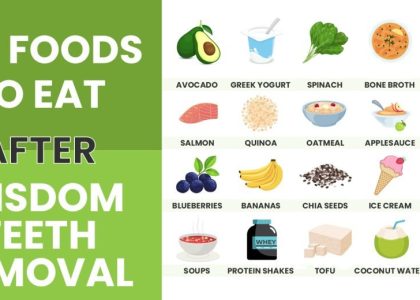As the spoonful of sugar dissolves into the hot water, a magical transformation begins. The sugar crystals swiftly vanish, embracing the water in an intimate dance of particles. What happens when you stir a spoonful of sugar into hot water? The sweet crystals disperse and blend seamlessly, creating a delightful concoction that awakens the senses. This simple act sets off a captivating chemical journey that unravels the secrets of solubility and saturation. Dive into this enchanting exploration as we uncover the wonders that unfold in this seemingly ordinary kitchen experiment.
What Happens When You Stir a Spoonful of Sugar Into Hot Water?
Have you ever wondered what happens when you stir a spoonful of sugar into hot water? It may seem like a simple experiment, but the science behind it is quite fascinating. In this blog post, we will explore the magical transformation that takes place when sugar meets hot water. So, grab your favorite mug, fill it with hot water, and let’s dive into the wonderful world of sugar and water!
Sugar – The Sweet Ingredient
Sugar is a common household ingredient that is used in a variety of recipes to add sweetness. But did you know that sugar is not just sweet, but it also plays a crucial role in the chemistry of our food and drinks? When you add sugar to hot water, something remarkable happens. The sugar dissolves into the water, creating a sweet solution that is perfect for making your favorite beverages.
The Science Behind Dissolving
When you stir a spoonful of sugar into hot water, you are creating a solution. A solution is a mixture where a substance (sugar, in this case) is completely dissolved in another substance (water). Sugar is a polar molecule, which means it has positive and negative charges that allow it to dissolve in water. When you stir the sugar into hot water, the water molecules surround the sugar molecules, breaking them apart and incorporating them into the water.
This process is known as dissolution, and it happens because sugar molecules are attracted to water molecules. The hot water helps to speed up the dissolving process by increasing the kinetic energy of the molecules, making it easier for them to interact and form a homogeneous solution.
The Magic of Saturation
Have you ever tried to dissolve too much sugar into a small amount of hot water? You may have noticed that at some point, the sugar stops dissolving, and you are left with sugar crystals at the bottom of your mug. This is because the water has reached its saturation point, where it can no longer dissolve any more sugar.
Saturation occurs when the water molecules are fully surrounded and bonded with sugar molecules, and there is no more space for additional sugar to dissolve. This is why it’s important to find the right balance of sugar and water when making your favorite sweet beverages. Too much sugar can result in an unsaturated solution, while too little sugar may leave your drink tasting bland.
The Sweet Chemistry of Sugar Water
Once the sugar has completely dissolved in hot water, you are left with a sweet and delicious sugar water solution. This solution is homogeneous, meaning that it is the same throughout, with no visible sugar particles floating in the water. The sugar molecules are evenly distributed in the water, creating a perfectly balanced mixture that is ready to be enjoyed.
When you take a sip of your sugar water, you are experiencing the magic of chemistry. The sweet taste comes from the sugar molecules interacting with your taste buds, sending signals to your brain that trigger the sensation of sweetness. It’s amazing how a simple combination of sugar and water can create such a delightful drink!
Exploring the Effects of Temperature
Hot water is not the only temperature that can affect how sugar dissolves. You may have noticed that sugar dissolves faster in hot water compared to cold water. This is because the kinetic energy of the molecules is higher in hot water, allowing them to move and interact more rapidly.
When you stir sugar into cold water, the process of dissolution still occurs, but at a slower rate. The cold water has lower kinetic energy, which means the sugar molecules move more slowly and take longer to interact with the water molecules. However, given enough time and stirring, the sugar will eventually dissolve in cold water as well.
The Role of Stirring
Stirring plays a key role in helping sugar dissolve in water, whether hot or cold. When you stir the mixture, you are helping to distribute the sugar molecules evenly throughout the water, increasing the surface area of contact between the sugar and water molecules. This allows for faster and more efficient dissolution, ensuring that your drink is perfectly sweetened and delicious.
So, next time you prepare a hot cup of tea or a refreshing glass of lemonade, remember the science behind what happens when you stir a spoonful of sugar into hot water. It’s a magical transformation that combines chemistry, physics, and a touch of sweetness to create a delightful beverage that warms your soul and satisfies your taste buds.
Now that you know the secrets of sugar and hot water, go ahead and experiment with different sugar-to-water ratios, temperatures, and stirring techniques to create the perfect drink for any occasion. Cheers to the wonderful world of sugar water!
With this newfound knowledge, you can impress your family and friends with your understanding of the science behind a simple act like stirring sugar into hot water. Who knew that such a small experiment could reveal so much about the wonders of chemistry and the magic of everyday substances like sugar and water?
Salt Water vs Sugar Water with shampoo easy Experiment
Frequently Asked Questions
What changes occur when you stir a spoonful of sugar into hot water?
When you stir a spoonful of sugar into hot water, the sugar crystals start to dissolve due to the heat of the water. The agitation provided by stirring helps to distribute the sugar molecules evenly throughout the water.
How does the sugar dissolve in hot water?
As the temperature of the water increases, the kinetic energy of the water molecules also increases. This higher energy allows the sugar molecules to break apart from the sugar crystals and mix with the water molecules, resulting in a homogeneous solution.
What happens to the color and transparency of the hot water when sugar is added?
Initially, adding sugar to hot water may cause the water to become cloudy as the sugar crystals start to dissolve. However, as the sugar fully dissolves and the solution stabilizes, the hot water should regain its transparency, albeit with a slightly different color due to the dissolved sugar.
Final Thoughts
When you stir a spoonful of sugar into hot water, the sugar crystals dissolve as the water molecules surround and break them down. This process creates a sweet solution known as a sugar-water mixture. The hot water helps to speed up the dissolving of sugar, allowing for a quicker and more even distribution throughout the liquid. In the end, what happens when you stir a spoonful of sugar into hot water is a delightful transformation into a sugary treat ready to be enjoyed.






